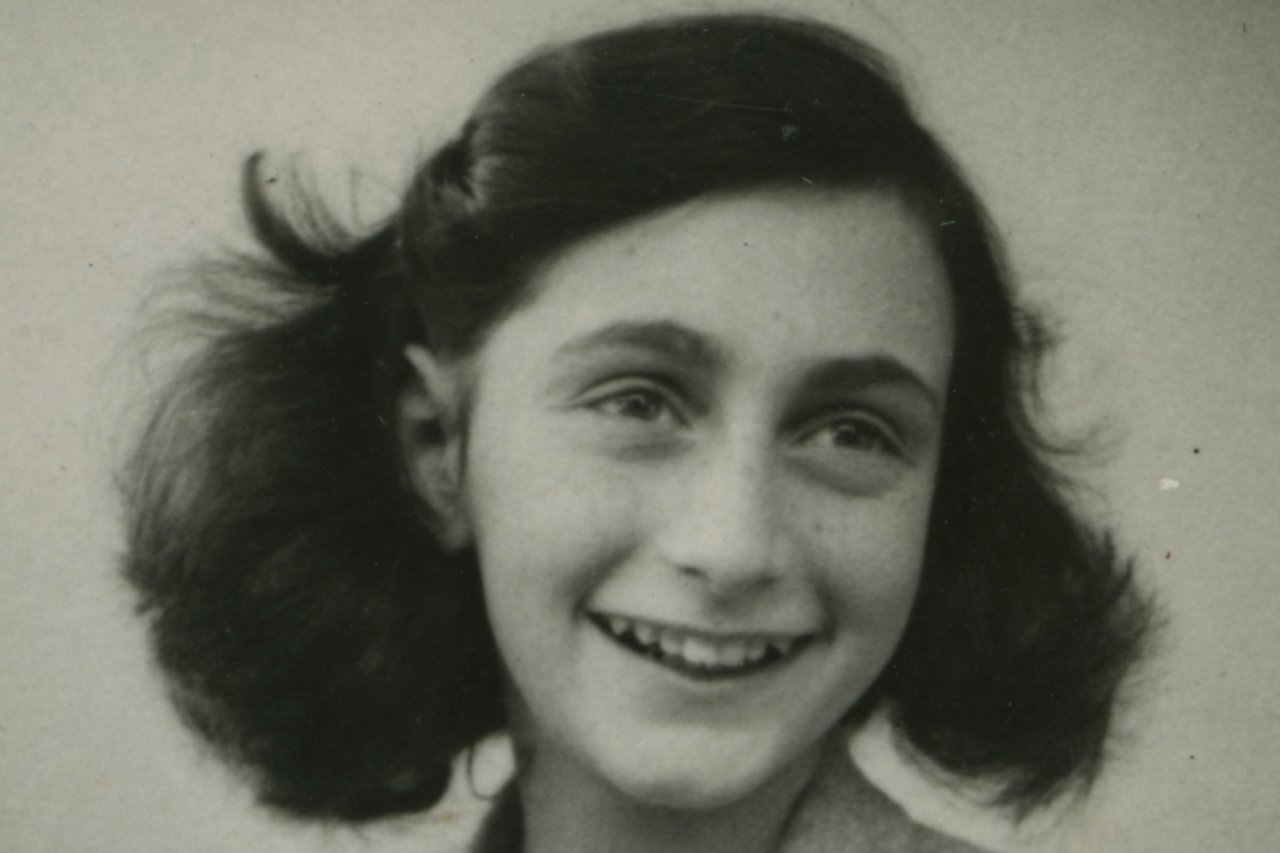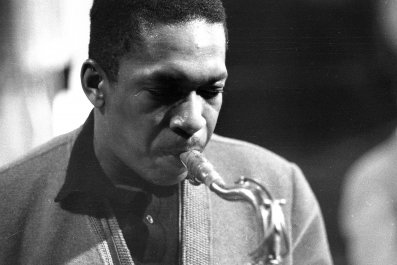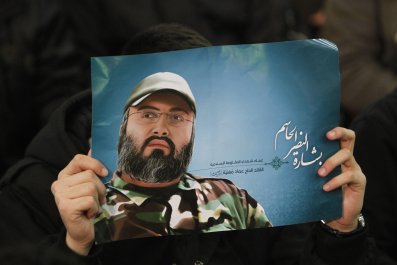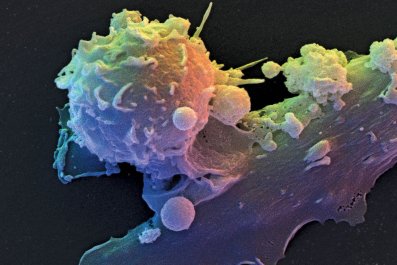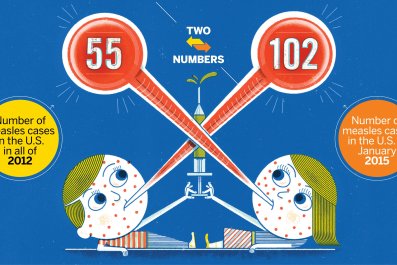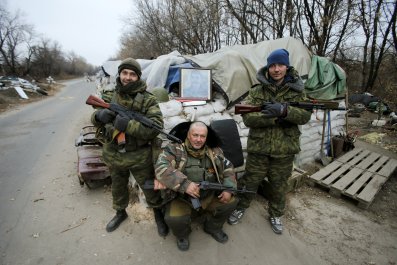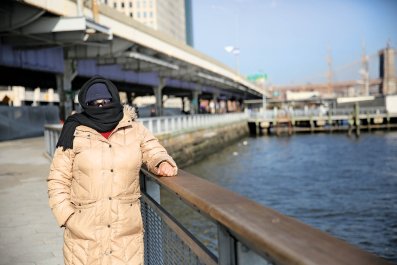Like many people in their seventies and eighties, Buddy Elias and his wife Gertie are downsizing – clearing out the attic and getting rid of several generations' worth of papers, clutter and possessions from their family home in Basel, Switzerland. Unlike most other pensioners, however, Elias is Anne Frank's cousin and closest living relative. The papers and artefacts are not family trivia, meaningful only to a few close relatives and destined for the dustbin, but an extensive testament to the Franks and the Eliases, and a remarkable and rare history of a German-Jewish family that will be part of a permanent exhibition at the new Family Frank Centre, housed at the Jewish Museum of Frankfurt.
Researchers from the centre have been staying with Elias and his wife for a week, sorting through final possessions, and now the removal trucks have arrived to take the archive north into Germany. "When the chair goes, I will be sad," Elias says, referring to a small chair that Anne used to sit on when she visited him as a girl on holiday.
Elias has lived a double life for decades, on the one hand a successful German-speaking actor who made his name as an ice-dancing clown in Holidays On Ice, on the other the keeper of the Frank family flame who, in his role at the Anne Frank Foundation in Switzerland, has fought numerous battles over the years to make sure, he says, that the work of Anne Frank is not exploited. Yet since its very first publication in 1947, the legacy of the diary has been controversial and bitterly contested.
It is more than 70 years since Otto Frank unwrapped his daughter's diary with trembling hands and discovered a girl he hardly knew – a witty, acerbic, observant teenager who chronicled with piercing honesty the struggles, and humour, of life in hiding from the Nazis, including painful details about her parents' relationship and her own passage through puberty. Now, as the 70th anniversary of her death in the concentration camp at Bergen-Belsen approaches, Elias and the Anne Frank Foundation are preparing to commemorate and rethink her legacy by endorsing (but not funding) a series of projects, including the creation of the Family Frank Centre in Frankfurt, an animation in a similar vein to Waltz with Bashir, and the staging of a new play based upon the diary.
The play, the latest reincarnation of the 20th century's most poignant pop-culture icon, is so far out of tourist Amsterdam that even the taxi drivers don't know where it is. "You want to go to the Anne Frank House?" they say, determined to head into the warren of canal-sided streets, before fiddling with their satnavs and frowning.
The spectacle of the new Theatre Amsterdam – built specifically for this production – rises from flat scrubland, facing an oil terminal and ageing barges that gently rise and fall in the grey water. The black building, held up by pillars shaped like elegant pencils, sits imposingly next to other recently-constructed office buildings whose varying styles give the area a hasty, temporary, appearance. Outside, giant yellow letters spell out one word: Anne.
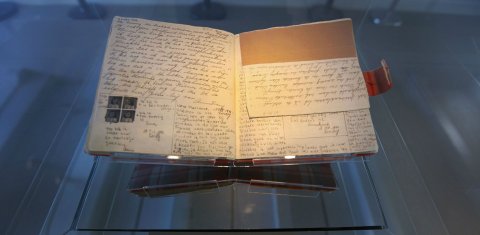
Since Otto Frank decided to publish his daughter's writings, first in the Dutch newspaper Het Parool, and then as a book, more than 31 million copies of The Diary of Anne Frank have been sold, more than 28 million people have visited the Anne Frank House in Amsterdam where the family hid in the attic, and more than three million people in the UK have seen a touring Anne Frank exhibit organised by House. There are currently over 40 language versions of the international exhibition, Anne Frank – A History for Today, which are being shown all over the world. The story of Anne Frank has been so pervasive that in the 1960s a series of "Anne Frank villages" was founded in Germany for refugees. In Japan – where the diary proved to be an astonishing phenomenon – girls referred to menstruation, something that had never before been discussed publicly in Japanese culture or literature, as "getting their Anne Frank".
What we think we know about Anne Frank, though, is often sketchy, sometimes far from the truth – something the latest series of projects seeks to rectify. "It's a very strange idea for me that the whole world knows Anne – but she would have loved to have so much attention. She would have loved it," says Jacqueline van Maarsen, who became best friends with Anne during their time at the Jewish Lyceum between 1941 and 1942, and who is referred to in the diary by the pseudonym "Jopie".
After he returned to Amsterdam as a survivor from Auschwitz at the end of the Second World War, Otto Frank immediately looked up van Maarsen and went to see her. "He didn't know at that point that Anne hadn't survived. A few weeks later he came to tell me she had died. He was crying and it was awful, and he wanted to talk to me about Anne all the time. He was not complaining, but he wanted to know about her, and I tried to tell him as much as I could. I think it was because he knew that in my mind she was still alive – and we remained friends until he died."
Since then, van Maarsen has had decades to get used to the idea that the Anne she knew as a close teenage friend had become an international icon, symbolising many things to many people – some of which are far removed from the reality of Anne's personality and her situation.
"I talked about this with another classmate of hers and we agreed that Anne would have been surprised to have had so many friends she never even knew!" says van Maarsen.
"Not so long ago I met a girl who was in the same class as us, and we were both asked, 'What was Anne like?' – and she immediately said, 'Anne was a very sweet girl'," van Maarsen laughs. "And I was so surprised, because it's the last thing you would say about Anne, and especially this woman – because Anne wrote in her diary that they hated each other! She knew that very well, but she had to say something, and she said, 'Anne was a very sweet girl'."
Anne, of course, was bright and lively, difficult and demanding – a young diva who made friends and enemies with equal ease. She overshadowed her older sister Margot, described by friends and relatives as nice but "quiet" and bookish, whose own life, and death at Bergen-Belsen, were eclipsed by those of her sister.
"Anne was not really sweet, she could be awful to people she didn't like, and you can read in her diary how she was to her mother – she could be awful. To me she was very sweet. She was very lively and I liked her a lot. We had very different characters but we were kindred souls. I've never met anybody who enjoyed life as much as she did," says van Maarsen, who went on to write several books for young people on the subject of racism and discrimination, which featured her friendship with Anne.
Critics of the diary's success, and its representation, claim that the same themes of universal humanity that have touched readers around the world have also removed Anne from her family, religious and historical contexts – rendering her legacy devoid of its true meaning.
In an article for The New Yorker in 1997, the critic Cynthia Ozick wrote that the diary's "reputation for uplift is nonsense". She added that "the diary has been bowdlerised, distorted, transmuted, reduced; it has been infantilised, Americanised, sentimentalised, falsified, kitschified, and, in fact, blatantly denied . . . "
It is a view with which Yves Kugelmann, a board member of the Anne Frank Foundation, has some sympathy. He claims that until the foundation urged the Anne Frank House (a separate and independent organisation) to better acknowledge historical context, many visitors passed through the building on Prinsengracht without realising that Anne was Jewish, although the House says it has always begun the exhibit by stating that she was.
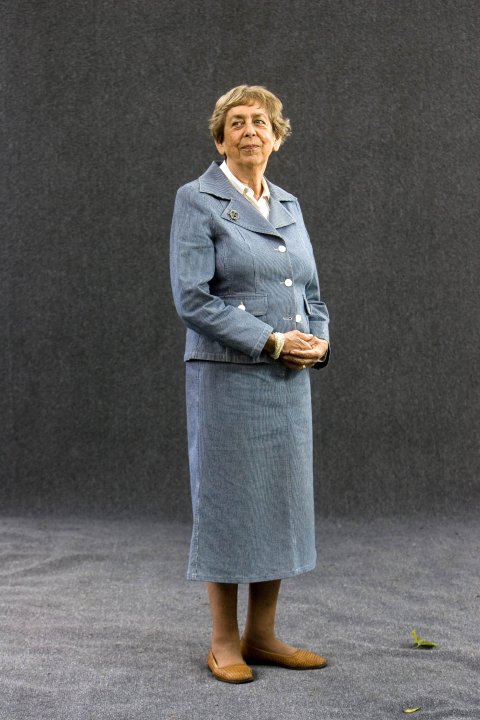
In a recent interview with Buddy Elias in Amsterdam, a well-known Dutch journalist insisted that Anne was Dutch – not German. Kugelmann dislikes the term "icon" and evocatively describes Anne as a young girl who perished, only for her legacy to be picked over by a series of scavengers who have plucked relevant nuggets and reused them for the purposes of their own beliefs and causes.
The fight over the true meaning of Anne Frank has been ongoing for as long as the diary has been part of public discourse – embroiling Anne's father, Otto Frank, in years of legal battles that arguably drove him to a nervous breakdown and eventually into leaving Amsterdam and starting a new life in Switzerland.
Although Anne's story touched an immediate chord, its publication in America brought Otto Frank into contact with a man who would engage him in a lifelong dispute – the writer Meyer Levin. Levin was a fan of the diary, and at first a great friend of Otto Frank, but the idea of adapting it into a play brought Levin into conflict with powerful Broadway and Hollywood figures who beat him to the rights to produce their own version of the story. The result was a hit play in 1956, and an Oscar-winning film three years later, though many believed that while they emphasised the book's universal themes, they downplayed the Franks' Jewish heritage and the unique nature of the Holocaust. Unable to let the matter go, Levin pursued Otto Frank in a series of bitter court battles for the right to adapt the diary – drawing in figures including Eleanor Roosevelt – until both of them were left, to some extent, broken men.
Sadly, the ugly dispute with Meyer Levin was only one of Otto's problems. In the 1960s, The Diary of Anne Frank was reaching a new audience of young Germans. People in packed theatres watched a German adaptation of the play, speechless, while Otto often visited the country to speak to schoolchildren. Still, he worried that German parents and teachers were doing little to teach the next generation about the Holocaust – a belief cemented by a series of court cases brought about by Holocaust deniers who claimed the diary was a fake written by Otto himself. The task of disproving such claims stretched across the decades, reaching Germany's constitutional court and consuming Otto's emotional energy. Otto and the diary were at the heart of the storm over Holocaust denial and the establishment of the truth of the Nazi regime.
Following his death, the emergence of the "five missing pages" of Anne's diary in the 1980s raised further controversy about the authenticity of the work and the legitimacy of Otto's original edit, which removed, in particular, anti-German references. In 1995, an unexpurgated version of the diary was published, prompting another round of debate about its authorship.
Surprisingly, perhaps, a strong strand of opposition had always originated from within the Jewish community itself. In Amsterdam, the influential Rabbi Hammerlberg called Otto "sentimental and weak", and said all "thinking Jews in the Netherlands" should oppose the "commercial hullabaloo" of the diary and the Anne Frank House – reflecting a widespread unease in the Dutch-Jewish community over Anne Frank's legacy.

Jacqueline van Maarsen says that, to this day, most of her Jewish friends are not interested in discussing Anne Frank with her. There was a widespread feeling of resentment over the attention received by one girl, when almost every Jewish family had lost members in the Holocaust. "There were so many Anne Franks," van Maarsen says, "only they did not write diaries".
Indeed Anne's story did not reflect the situation for the vast majority of Dutch Jews, who often had neither the wherewithal nor the money to go into hiding. Those who did manage to hide were often split up from other members of their families and frequently changed hiding places, sometimes every night. The remainder were deported first to transit camps in the Netherlands, and then on to concentration camps and death camps like Auschwitz and Sobibór. By the end of the war, the Netherlands had lost the same percentage of its Jewish population as had Poland – the highest figure in Europe. Jacqueline van Maarsen was saved, along with her parents and sister, from deportation as her mother was not Jewish – but the rest of her extended family was killed.
"Anne Frank was never my preferred story to tell, because it's not a good example for the Holocaust," says Yves Kugelmann. "It's the wrong example for a very important topic, and partly what I've learned in the foundation is that people like to take the wrong example of the Holocaust because it's easier to deal with it."
Although the spectre of her fate looms over every reading of the diary, the Holocaust does not feature in The Diary of Anne Frank, which ends before the family's betrayal and capture with Anne's hopeful wishes for the future and thoughts about the fundamentally good nature of mankind. It is an omission that the new play seeks to correct with a moving final scene set in Bergen-Belsen, when all of the girlish fantasies and dreams that have sustained Anne throughout the play are stripped away, and we see her in the snow with her sister Margot. Regardless of the mixed feelings of the Jewish community towards her legacy, and the unease of the Dutch themselves in coming to terms with their widespread collaboration with the Nazis, it is a conclusion greeted with loud sobbing from the audience.
Reinterpreting the diary also illuminates a more complex relationship between the Frank family and Amsterdam. While the Anne Frank House remains the first port of call for visitors to the city, it has been embroiled in a protracted battle with the Anne Frank Foundation in Basel, culminating in a legal dispute in 2011 over a portion of the archives which were on long-term loan to the house, but which the foundation wanted to relocate to the Family Frank Centre in Frankfurt.
In June 2013, an Amsterdam court ruled that the archives should be returned to the foundation by January 2014 – much to the dismay of the Anne Frank House and its supporters. It is hard to see why the two organisations, one a hugely popular and moving memorial and museum to Anne Frank and her family and the other, the foundation (which holds the copyright to the diary and funds charitable projects with Unicef), cannot get along.
Although they worked in partnership for many years, the recent legal dispute led to harsh words, as Yves Kugelmann strongly criticised the house for refusing to return the archive. In return, opponents of the foundation claim that it is unaccountable, and that Buddy Elias and his wife have struck up strange friendships, including one with a middle-aged Scandinavian woman who claims to embody the diarist. "She regards herself as a reincarnation of Anne Frank," Buddy Elias says. "We know her very well. There's nothing I can say to [her assertion]. It's her story." Elias adds that he cannot personally accept the claim, but that "there are things in life that we do not know. It could be, it could not be, I don't know".
Much of the broader debate concerns the wishes of Otto Frank, whose thoughts and allegiances changed over the years and whose intentions each party claims the other has misinterpreted. Anne Frank biographer Melissa Mueller told The New York Times, "Both organisations want to own Anne Frank . . . Both want to impose a way for the world to see Anne Frank."
Elias calls the dispute between the house and the foundation "a shame", and says that he hopes to resolve the difficulties with the management of the Anne Frank House and resume good relations soon.

Sitting beneath a giant black-and-white photo of Anne in his office, Ronald Leopold, director of the Anne Frank House, says he is also saddened by recent events, but that he is convinced of the unique nature of the museum he oversees. "The main feature of this house is its emptiness. And I think it's the feature that makes this place stand out amidst all those hundreds or maybe even thousands of places in Europe that reminds us of the Holocaust and the Second World War, because I think it's probably one of the few places where you connect to that history in a very emotional, personal way."
As Otto Frank insisted, the house and the secret annexe remain unfurnished, with only a few photos of film stars, and postcards of a young Queen Elizabeth and Princess Margaret, stuck to Anne's bedroom walls. History did not stand still in 1945, Leopold says, but you can find, amid the canals and beautiful buildings of Amsterdam, one house that is still empty. "It's the emptiness, of those 60,000 people who were deported and murdered from this city between 1941 and 1945. It's the emptiness in Otto Frank's soul having lost his whole family. It's an emptiness that symbolises and represents the absence of Anne Frank."
Buddy Elias and Ronald Leopold agree that soon there will be no one living who remembers Anne Frank. For Elias and the Anne Frank Foundation, the hope is that a new generation of projects, like the play, Anne, and the Family Frank Centre, will put Anne and her legacy in their proper context.
For Ronald Leopold, the challenge is to educate a constant stream of teenagers who visit the house with no knowledge of the Holocaust. Invariably they identify with Anne and her teenage struggles – but Leopold's task it to shape that identification into something meaningful. Fittingly for an argument that has often revolved around Jewish identity, the ultimate meaning of Anne Frank will live on not through museums, houses or foundations – but in the written word. Ronald Leopold says: "It's just her diary that is here as the silent messenger when she's not there any more."
Correction: This article has been amended to remove a misquotation of Yves Kugelmann from another publication. The article was also amended to correct a statement that Buddy Elias is Anne Frank's last living blood relative who remembers her. Mr Elias believed he was, but since the publication of this article, Newsweek has been contacted by another distant relative who met Anne, now living in America.



